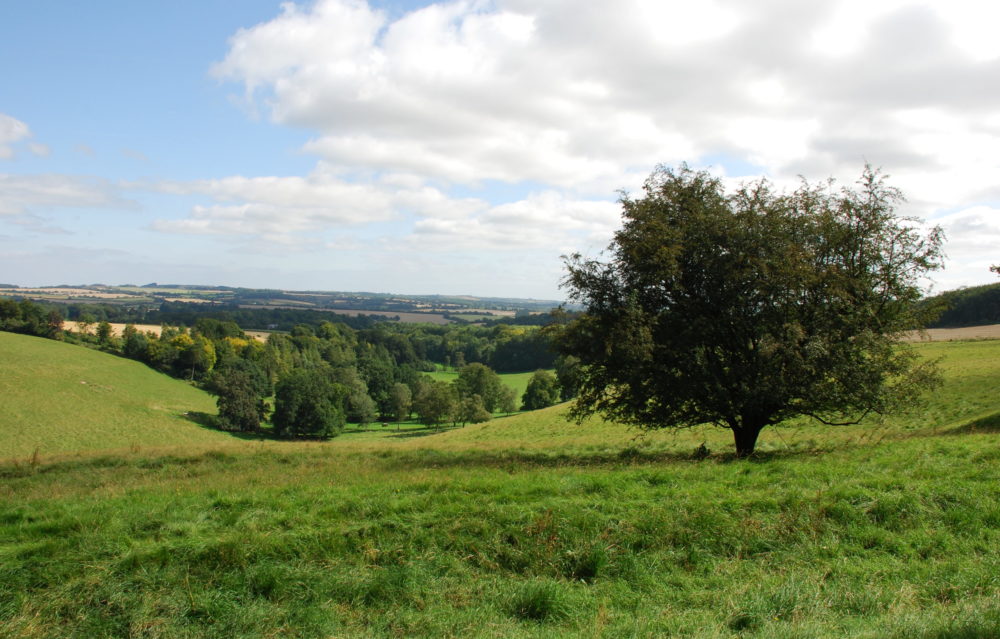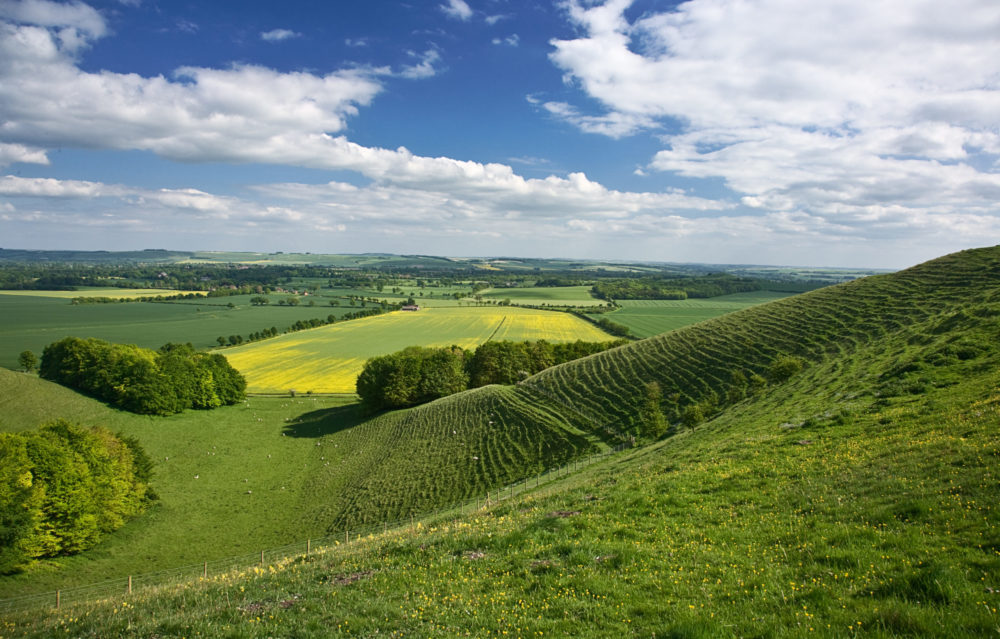The North Wessex Downs is a visibly ancient landscape of great beauty, diversity and size. It embraces the high, open arable sweeps of the chalk downs and dramatic scarp slopes with their prehistoric monuments and beech knolls, the moulded dip slopes, sheltered chalk river valleys, intimate and secluded wooded areas and low-lying heaths with a rich mosaic of woodland, pasture, heath and commons. The North Wessex Downs AONB forms a surprisingly remote, expansive and tranquil landscape in the heart of southern England.
The designation of Area of Outstanding Natural Beauty recognises the character, value and quality of the North Wessex Downs. Although almost entirely a chalk landscape, the North Wessex Downs’ character differs markedly across the area, depending on local surface geology, soils, landform, land use, vegetation and settlement patterns. The greatest contrast, for example, is between the open arable chalk downs and the acid heathlands of the lower river valleys

Landscape Character Types
Natural England has set out a Landscape Character Assessment (LCA) methodology to formally identify what it is that makes one landscape different from another. The landscape character assessment for the North Wessex Downs identifies the overall diversity of the landscape, recognising eight ‘Landscape Character Types’ across the AONB, each with its own distinct sense of place.

The eight landscape character types are:
- Open Downland
- Downland with Woodland
- Wooded Plateau
- High Chalk Plain
- Downs Plain and Scarp
- Vales
- River Valleys
- Lowland Mosaic
Our Landscape Character Assessment technical report gives details of each landscape type.

